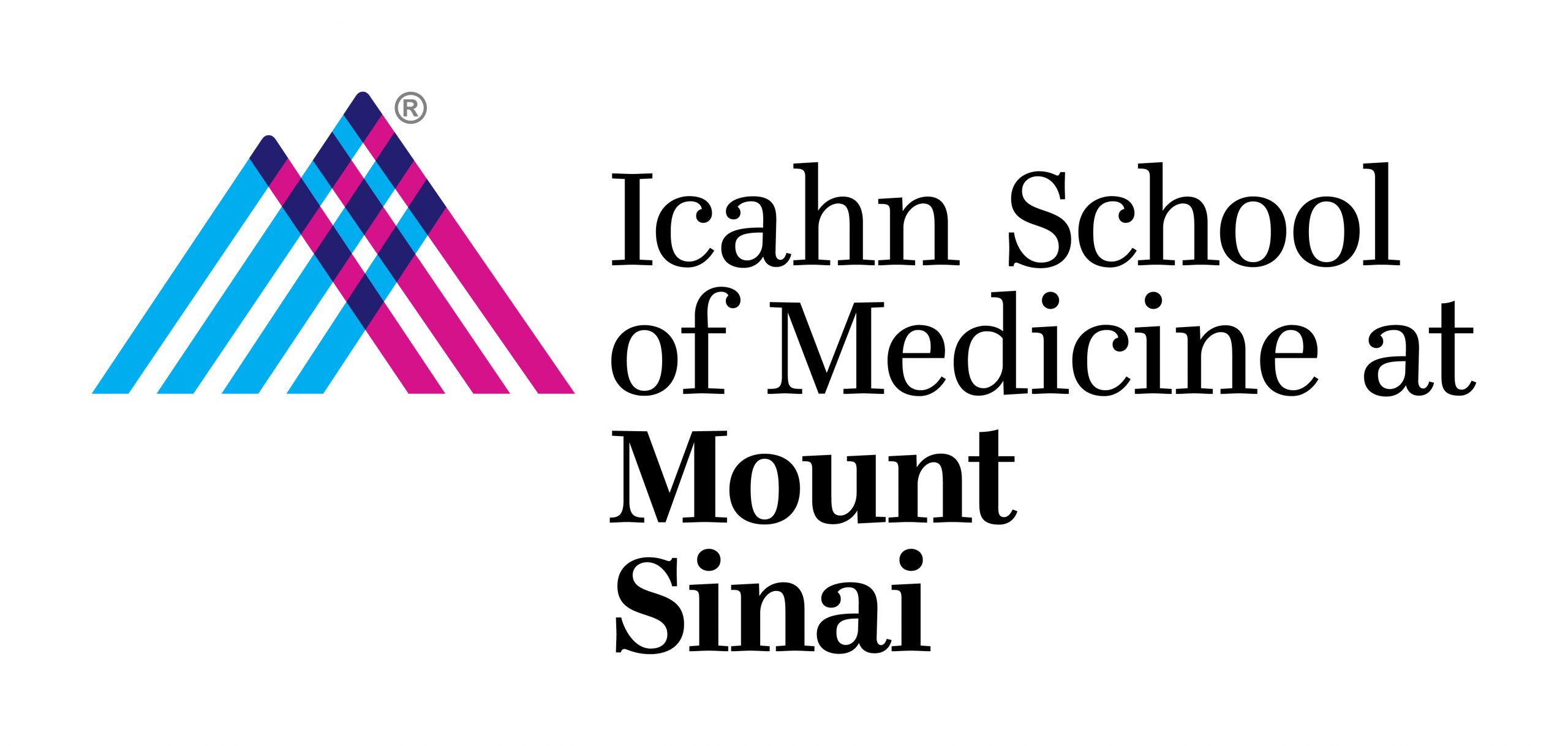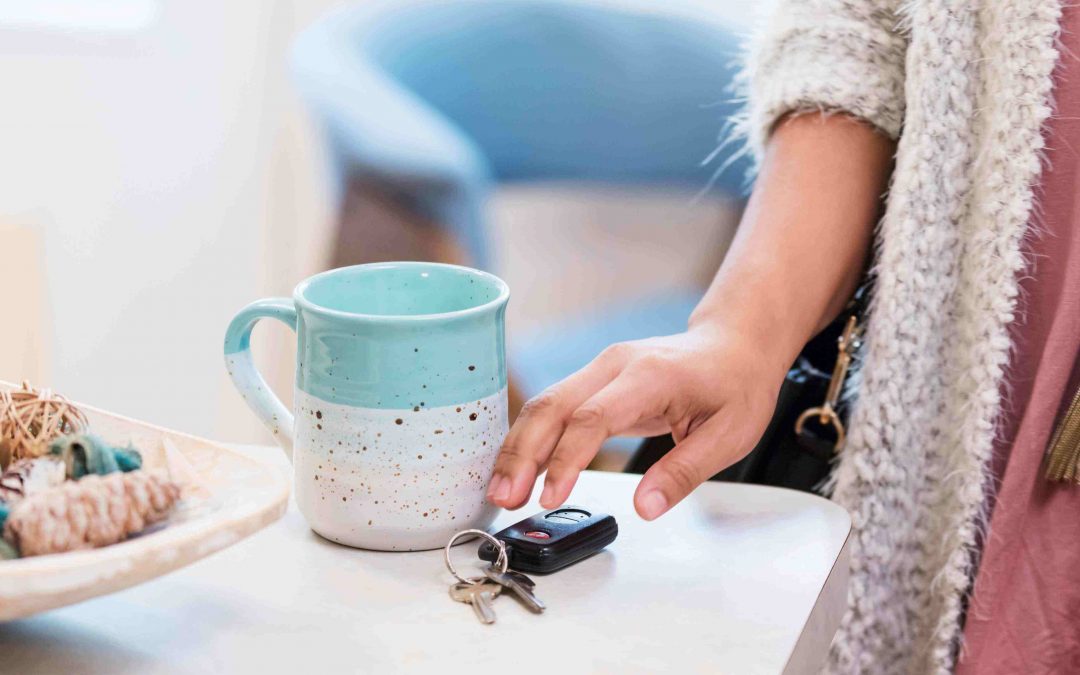
On cultural competence and hospitality
By Jessica Robinson-Papp
This past week I’ve been reading about Diversity, Equity and Inclusion (DEI) initiatives in academic medicine and I keep running across the term “cultural competence.” It’s one of those terms that I think I know the meaning of but if I stop to think about it I really don’t. It certainly rolls off the tongue… “cultural competence” is an alliteration and a double dactyl, the latter being a rhythm employed in playful poems like the one which begins “Higgledy Piggledy.” (Jessica Robinson is also a double dactyl, but the Papp ruins it, oh well.)
So what is cultural competence? The origin of the term is attributed to a 1989 paper by Terry Cross and colleagues titled: “Towards a Culturally Competent System of Care: A Monograph on Effective Services for Minority Children who are Severely Emotionally Disturbed.” The definition of cultural competence in the monograph is:
“Cultural competence is a set of congruent behaviors, attitudes, and policies that come together in a system, agency, or among professionals and enable that system, agency, or those professionals to work effectively in cross-cultural situations.”
Cultural competence is also described as “continuous expansion of cultural knowledge and resources” and “holding culture in high esteem.”
Does it make sense that having extensive cultural knowledge and holding culture in high esteem will help doctors work effectively with diverse patients and colleagues? In the most basic sense, I think the answer is clearly yes. If I am aware that other cultures exist and accept that as a good thing I will likely be more effective in the healthcare workplace. Or said in reverse, if I cannot accept that people are different from me, I will probably not be a very good doctor.
But it’s more questionable whether in-depth knowledge of and esteem for culture is better than basic acceptance. Since cultures are diverse, deepening knowledge would require understanding the nuances of multiple specific cultures, and there are resources (for example, the book Multicultural Health by Lois A. Ritter and Donald H. Graham) designed to help healthcare providers do just that. However, this approach presents two problems. The first is one of scope. Many, many cultures exist and it is not reasonable that a healthcare professional should have significant knowledge of all of them. However, even if this were possible, you still run into the second problem of what to do with this knowledge. Should we somehow behave differently toward people based on ideas about their culture? Even with the best intentions this feels too close to stereotyping and bias. Cultural competency seems to be most practical for healthcare providers who serve one or a few specific cultural groups or communities, but as diversity increases, the utility of cultural competence as it was originally conceived becomes unclear.
The idea of requiring “esteem” for culture as contained in the original definition of cultural competence is also problematic. There are certain aspects of certain cultures that I cannot and should not esteem, as exemplified by the status of and practices toward women and girls in many cultures. Definitions of cultural competence have evolved and the National Center for Cultural Competence, based at Georgetown University, asserts that there is no one definition. But many definitions still contain some notion of “esteem,” such as “respect” or “value.” This too is problematic because as a doctor I have to connect with and provide care for every person who enters my clinic. This cannot depend upon my judgment of their personal character, let alone upon an even less specific judgment of their culture. For example, my clinic participates in a program serving the recently incarcerated. Given the imperfection of the criminal justice system, many of these people are likely innocent of significant wrongdoing. But some, I imagine (I never ask), have done terrible things. If I have to respect someone and/or their culture to take good care of them, I am in trouble. Fortunately, professionalism demands I set myself aside and connect with patients however I can.
And so we arrive at the vaguer definitions of cultural competence. For example, the American Psychological Association which has defined cultural competence as “the ability to understand, appreciate and interact with people from cultures or belief systems different from one’s own.” This seems very reasonable. Indeed we should try to understand our patients, we need to be able to interact with different types of people, and as for appreciate… maybe not totally necessary but not a dealbreaker either. Problem here is that the definition could just as easily read: “the ability to understand, appreciate and interact with people.” People, period, regardless of their culture or beliefs. This idea already has another name: hospitality. In his popular book, Setting the Table: The Transforming Power of Hospitality in Business, restauranteur Danny Meyer describes hospitality: “In the end, what’s most meaningful is creating positive, uplifting outcomes for human experiences and human relationships. Business, like life, is all about how you make people feel.” Ultimately, our goal as healthcare providers should be to connect effectively with individual patients so we can understand their illnesses and they can trust in our ability to help them. It is time for a new framework to understand and teach this process.


Recent Comments